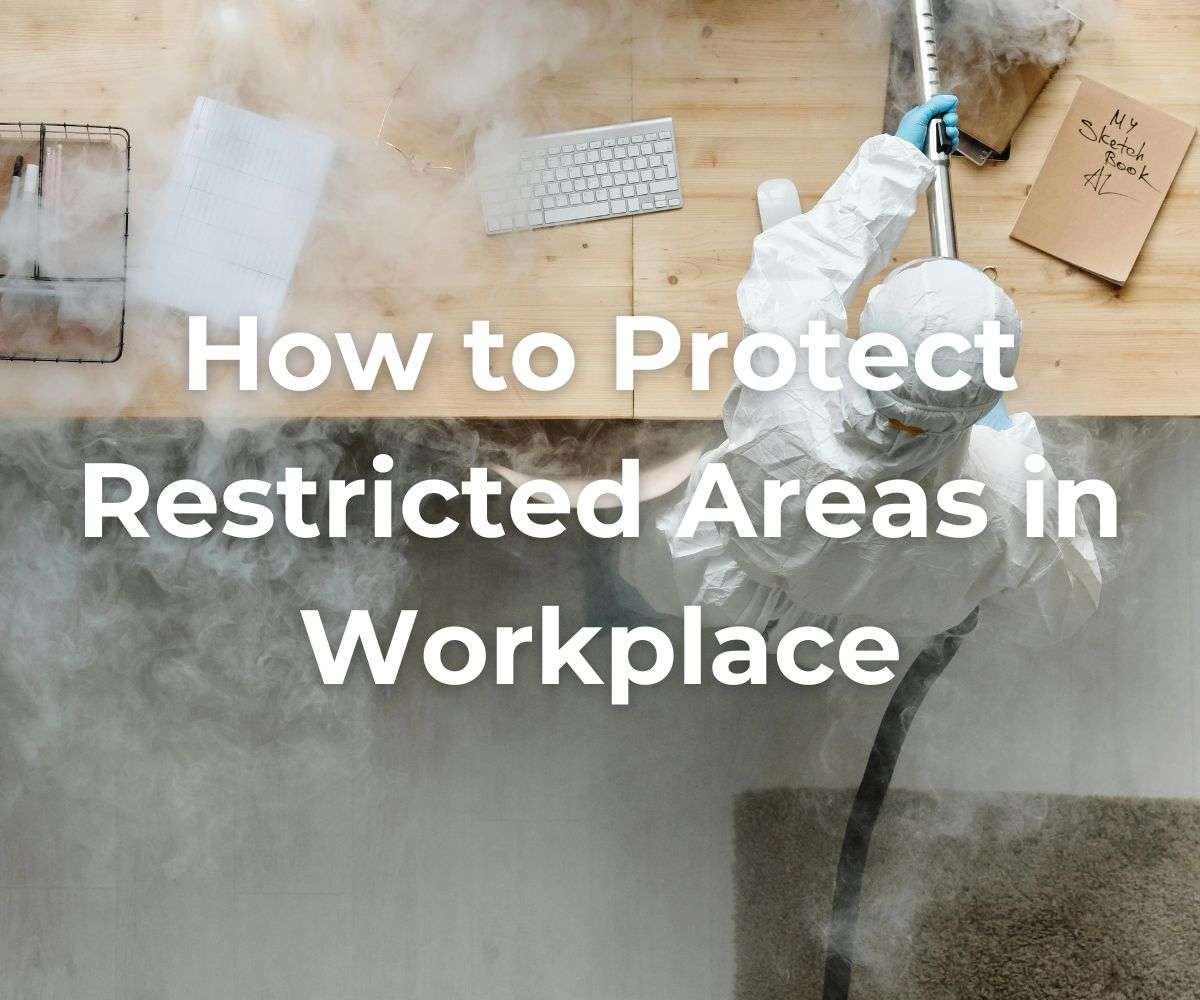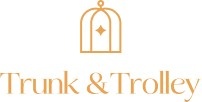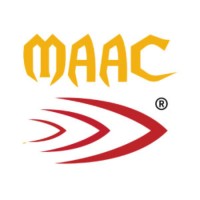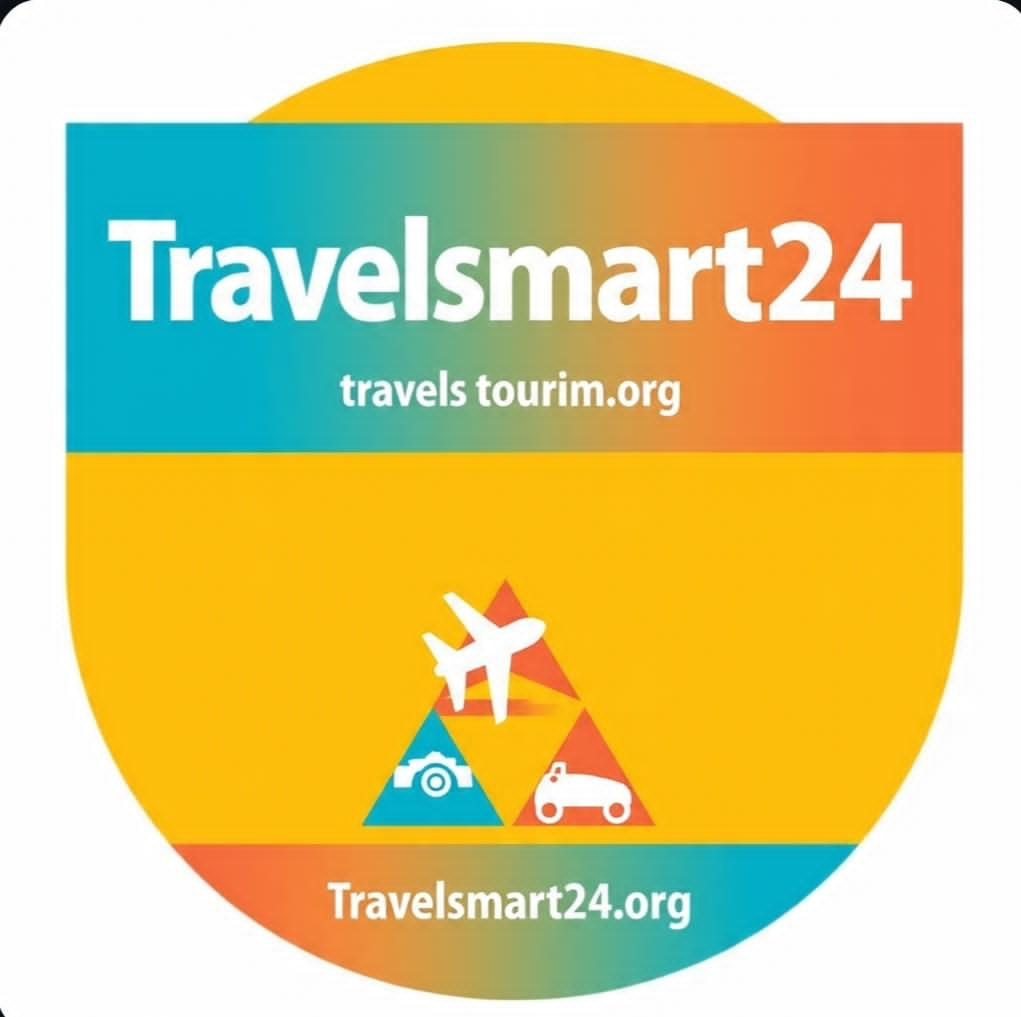how to protect restricted areas in workplace
Description
How to Protect Restricted Areas in Your Workplace
Workplace security is a top priority for businesses, especially when it comes to protecting restricted areas. These spaces often house sensitive information, valuable assets, or hazardous materials that must remain inaccessible to unauthorized personnel. Failing to secure these areas can lead to data breaches, theft, safety hazards, and operational disruptions.
To maintain a safe and secure environment, businesses must implement strong access control measures. In this guide, we’ll explore essential strategies to protect restricted areas in your workplace effectively.
1. Implement an Access Control System
One of the most effective ways to secure restricted areas is by implementing an access control system. This system ensures that only authorized individuals can enter specific spaces, reducing the risk of unauthorized access. Some common access control methods include:
- Keycard Systems – Employees use keycards or fobs to gain entry to restricted areas. These can be programmed to grant access only to specific individuals.
- Biometric Authentication – Fingerprint, retina, facial recognition, and biometric door lock systems offer high-security solutions to prevent unauthorized access and ensure only approved individuals can enter restricted areas.
- PIN Codes and Passwords – While less secure than biometric or keycard access, requiring employees to enter a PIN or password can still serve as a protective measure.
- Multi-Factor Authentication (MFA) – Combining two or more access control methods, such as a keycard and a fingerprint scan, enhances security.
2. Establish Clear Access Policies
Having clear and enforceable access policies ensures that employees understand the importance of workplace security. These policies should include:
- Who Has Access? – Define which employees are authorized to enter restricted areas based on their roles and responsibilities.
- Access Hours – Set specific timeframes when employees can access restricted zones, preventing after-hours entry.
- Visitor Policies – Require visitors to check in at the front desk, obtain temporary access credentials, and be escorted when necessary.
- Reporting Procedures – Encourage employees to report any suspicious activity or unauthorized individuals attempting to gain access.
3. Use Surveillance and Monitoring Systems
Security cameras and monitoring systems play a crucial role in protecting restricted areas. They act as a deterrent and provide evidence in case of security breaches. Consider these security measures:
- Install Surveillance Cameras – Place cameras at entry points and within restricted areas to monitor activity.
- Use Motion Sensors – Motion-activated cameras and alarms help detect unauthorized entry attempts.
- Implement Remote Monitoring – Modern security systems allow real-time monitoring through mobile devices, ensuring continuous surveillance.
- Review Security Footage Regularly – Periodic audits of security footage help identify suspicious behavior before it becomes a threat.
4. Secure Physical Entry Points
Even the most advanced security system is ineffective if physical barriers are weak. Ensure that all entry points to restricted areas are properly secured:
- Reinforce Doors and Locks – Use heavy-duty doors with tamper-proof locks, deadbolts, or electronic locks.
- Limit Entry Points – Reduce the number of accessible doors to restrict access to only essential personnel.
- Install Security Gates or Turnstiles – These control pedestrian access and help prevent unauthorized entry.
- Use Smart Lock Technology – Smart locks with remote access capabilities allow businesses to control and monitor door security from anywhere.
5. Train Employees on Security Awareness
Educating employees about workplace security is essential for maintaining restricted area protection. Conduct regular training sessions on:
- Recognizing Security Threats – Teach employees how to identify suspicious behavior or potential breaches.
- Following Proper Access Procedures – Reinforce the importance of using access control systems correctly and not sharing credentials.
- Handling Sensitive Information – Employees should know how to secure documents and data within restricted areas.
- Responding to Security Incidents – Establish clear protocols for reporting and handling security breaches.
6. Conduct Regular Security Audits
Periodic security audits help identify vulnerabilities and ensure compliance with access policies. Audits should include:
- Reviewing Access Logs – Check system records to detect unusual access attempts or unauthorized entries.
- Testing Security Systems – Ensure cameras, alarms, and access control mechanisms function properly.
- Assessing Employee Compliance – Verify that employees follow security procedures and policies.
- Updating Security Measures – Adapt security strategies based on emerging threats or technological advancements.
7. Restrict Digital Access to Sensitive Areas
Protecting restricted areas extends beyond physical access. Businesses should also secure digital access to sensitive information and systems. Measures include:
- Using Strong Passwords – Require employees to use complex passwords and change them regularly.
- Implementing Role-Based Access Control (RBAC) – Limit access to sensitive data based on job roles.
- Encrypting Sensitive Data – Protect digital information with encryption to prevent unauthorized access.
- Using Cybersecurity Software – Firewalls, antivirus programs, and intrusion detection systems help safeguard sensitive data.
Final Thoughts
Securing restricted areas in the workplace is crucial for protecting sensitive information, valuable assets, and employee safety. By implementing access control systems, enforcing security policies, utilizing surveillance technology, and training employees, businesses can significantly reduce security risks.
Regular audits and technological advancements ensure that security measures remain effective over time. Prioritizing workplace security not only protects assets but also fosters a safe and productive work environment.





















